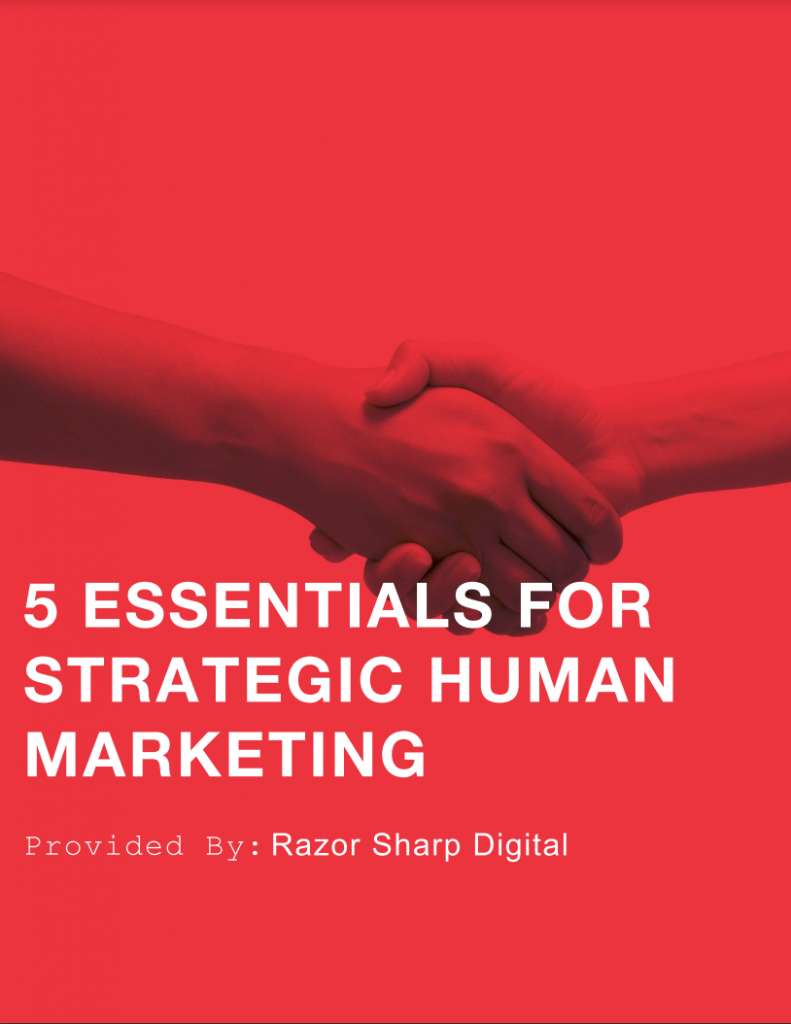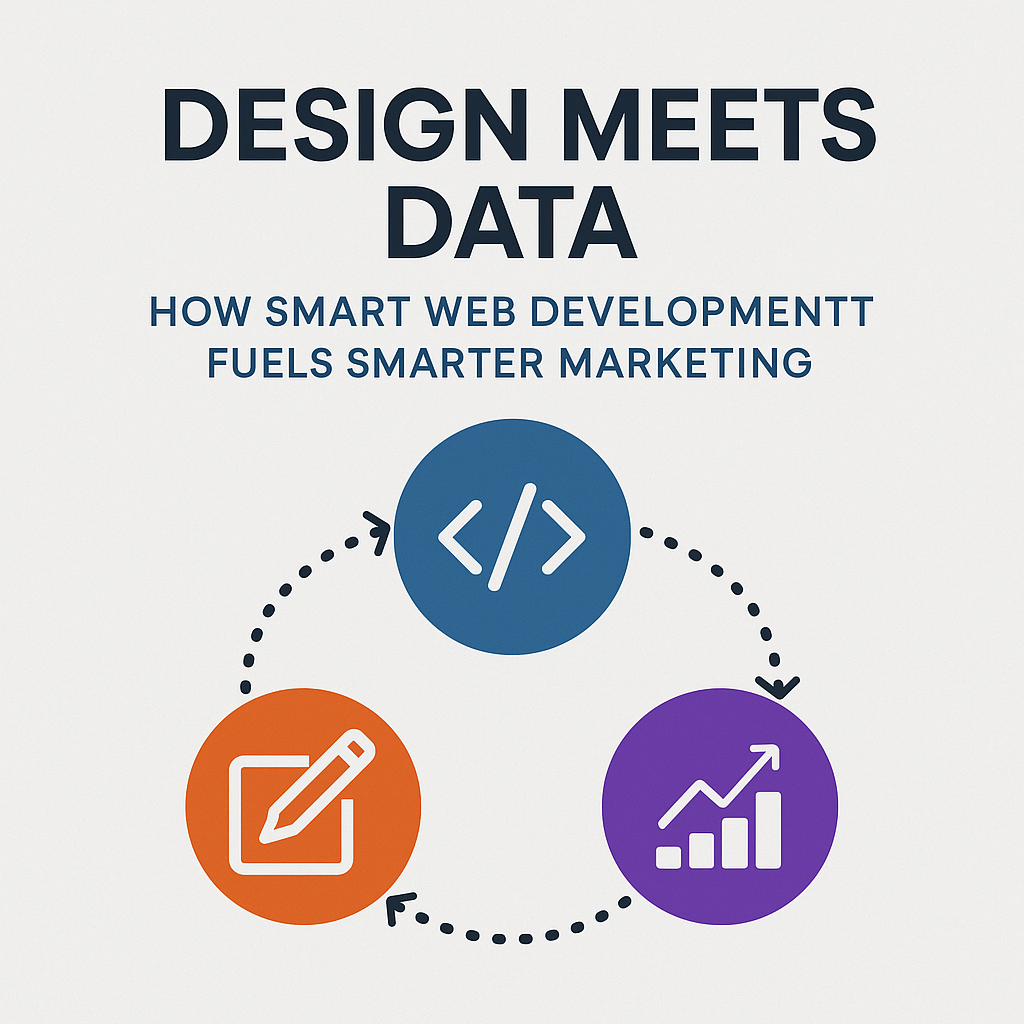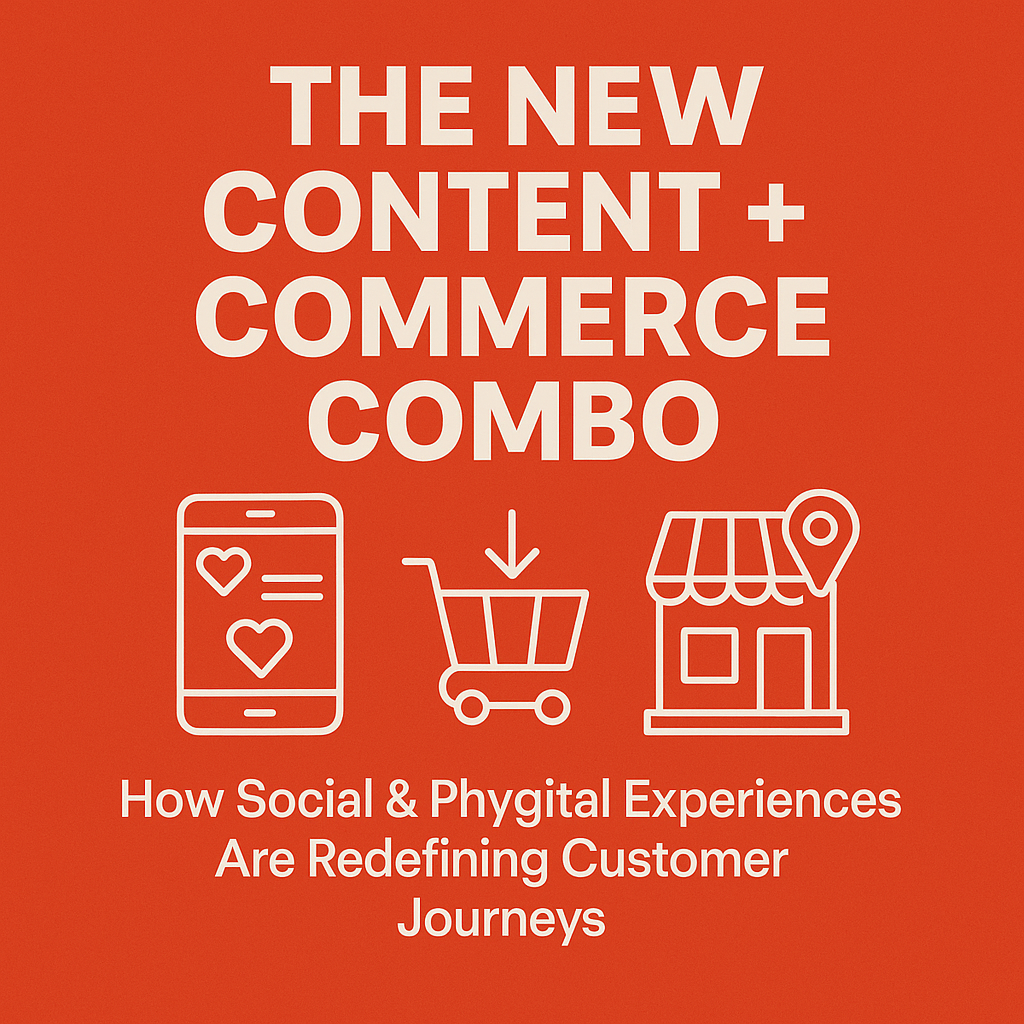Having a website is essential for any business or individual looking to establish an online presence. However, simply having a website is not enough; it needs to be optimized to rank well in search engine results and attract organic traffic. This is where content optimization plays a crucial role.
In this blog post, we’ll explore essential techniques for optimizing your website content to improve visibility, attract more visitors, and ultimately achieve your online goals.
Understanding Content Optimization
Content optimization is the process of ensuring that your website content is not only appealing to human readers but also optimized for search engines. The goal is to create high-quality content that ranks well in search engine results pages (SERPs) and attracts organic traffic. Effective content optimization involves a combination of keyword research, on-page optimization, and user experience considerations.
Conducting Keyword Research
Keyword research is the foundation of content optimization. It involves identifying the words and phrases that people are using to search for information related to your industry, products, or services. By understanding the keywords your target audience is using, you can create content that addresses their needs and interests.
There are several tools available for keyword research, including Google Keyword Planner, SEMrush, and Ahrefs. These tools provide valuable insights into search volume, keyword difficulty, and related keywords. When conducting keyword research, focus on long-tail keywords – longer, more specific phrases that are less competitive but often have higher conversion rates.
Creating High-Quality Content
Once you’ve identified your target keywords, it’s time to create high-quality content that incorporates those keywords naturally. High-quality content is valuable, informative, and engaging, and it provides real value to your audience.
When creating content, focus on addressing the needs and interests of your target audience. Consider their pain points, questions, and challenges, and strive to provide solutions and answers through your content. Use a mix of text, images, videos, and other multimedia elements to make your content more engaging and appealing.
Optimizing On-Page Elements
On-page optimization involves optimizing various elements of your web pages to improve their visibility and relevance to search engines. This includes optimizing titles, meta descriptions, headings, and URL structures.
Title Tags and Meta Descriptions
Title tags and meta descriptions are HTML elements that provide information about the content of a web page. They appear in search engine results pages and influence click-through rates. When optimizing title tags and meta descriptions, include your target keywords and compelling calls to action to encourage clicks.
Heading Tags
Heading tags (H1, H2, H3, etc.) are used to structure the content of a web page. They not only make your content more readable but also help search engines understand the hierarchy and relevance of different sections of your content. Use heading tags to organize your content and incorporate your target keywords where appropriate.
URL Structure
A clear and descriptive URL structure can improve the user experience and make it easier for search engines to understand the content of your web pages. Use descriptive keywords in your URLs, and avoid long, complex strings of numbers or symbols.
Optimizing for User Experience
In addition to optimizing for search engines, it’s essential to optimize your website content for the best possible user experience. A positive user experience can lead to higher engagement, lower bounce rates, and increased conversions.
Mobile-Friendly Design
With the increasing use of mobile devices, it’s crucial to ensure that your website is optimized for mobile users. Use responsive design techniques to ensure that your content displays correctly on all devices and screen sizes.
Page Speed Optimization
Page speed is a critical factor in both user experience and search engine rankings. Slow-loading pages can frustrate users and lead to higher bounce rates. Optimize your website’s performance by minimizing server response times, optimizing images, and leveraging browser caching.
Clear Navigation
Make it easy for users to navigate your website and find the information they’re looking for. Use clear, intuitive navigation menus, and include internal links to guide users to related content. A well-organized website structure can improve usability and encourage visitors to explore further.
Monitoring and Measuring Performance
Once you’ve optimized your website content, it’s essential to monitor and measure its performance regularly. Use tools like Google Analytics and Google Search Console to track key metrics such as traffic, engagement, and conversions. Analyze the data to identify areas for improvement and adjust your content optimization strategies accordingly.
Content optimization is a crucial aspect of SEO that can have a significant impact on your website’s visibility, traffic, and overall success. By conducting keyword research, creating high-quality content, optimizing on-page elements, and focusing on user experience, you can improve your website’s performance and achieve your online goals. Keep monitoring and refining your content optimization strategies to stay ahead of the competition and continue driving meaningful results for your business or brand.









